Things have slowed down a tad over the past couple days as both Russian and Ukrainian armies have done some repositioning, one playing off the other’s moves and vice versa.
Namely, Ukraine pulled some forces from Kursk and Ugledar—like the 72nd Brigade—to finally reinforce Pokrovsk. As such, Russia shifted a few units and this has had two immediate effects: the Pokrovsk direction slightly slowed down due to the influx of new Ukrainian reserves, while the Ugledar direction was conversely activated as Russian commanders pounced on the unit withdrawal to capture new territories like Preschistovka village to the west.
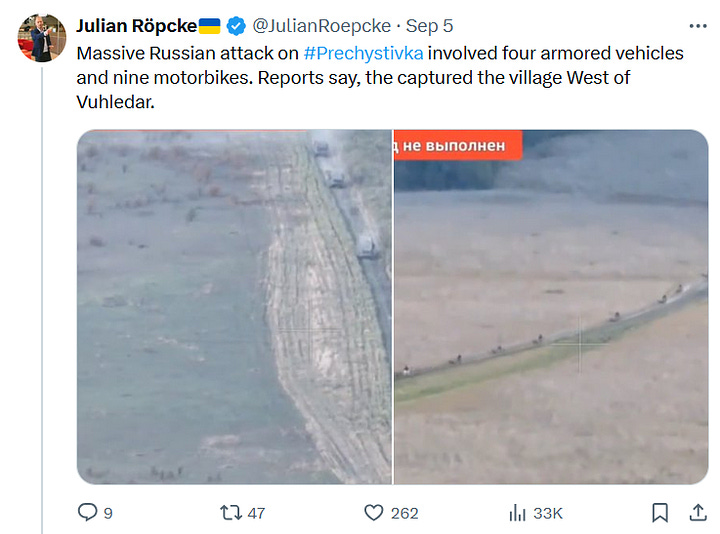
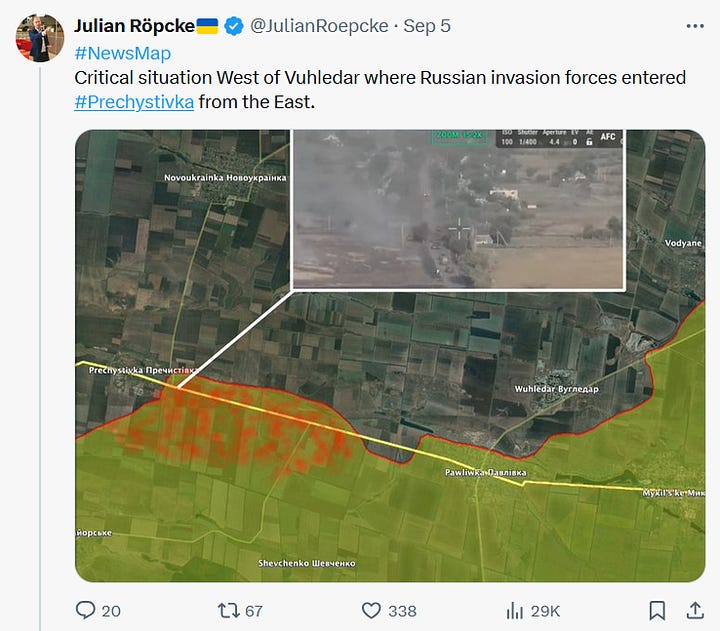
As Ropcke notes above, Russia showed it is still conducting large-scale armor assaults when necessary, and with few losses given that Ukraine was not able to publish much of anything in relation to this attack as they normally jump to do:
There were even reports the AFU rolled back a few streets in New York and Toretsk, but these were minor counterattacks. Russia’s Pokrovsk advances on the other hand didn’t stop entirely, with new territory being captured on the southern wing, which has begun to make the forming cauldron north of Krasnogorovka look ever-more dire for Ukraine:
Most likely, Russians have only seemingly stopped ‘advancing’ toward actual Pokrovsk city itself because they are securing the flanks first. It’s strategically foolish to extend a salient too far without flattening the front. So they may choose to first secure all the flanks to flatten the front to approach Pokrovsk in the most secure and compact disposition possible:
This would facilitate eventually taking Pokrovsk in an encirclement from the south without overextending a vulnerable wedge. Granted, they may not do that, as it all depends how the commanders on the ground adjudge their flanks’ vulnerability based on how strong the Ukrainian resistance and reserves on this axis are deemed to be. If the commanders feel like they can begin encircling Pokrovsk without much worry then it could happen faster. But my point is that, I would not be surprised if they save Pokrovsk for much later, and first work on collapsing all those mini-cauldrons and flanks to create as powerful a springboard on the Pokrovsk-Mirnograd agglomeration as possible.
The fact that Ugledar direction was activated seems to suggest such a plan because capturing the Ugledar region supports the idea of collapsing that entire area east of Kurakhove. This is particularly the case given that there were “rumors” that Syrsky was preparing a large-scale counter-attack at the Pokrovsk wedge’s flanks via all remaining reserve brigades, in a replay of the several-attempted flank attacks earlier this year in Avdeevka, when Russian forces advanced toward Stepove-Berdychi-Ochertino, etc.
Now let’s comment on the broader geopolitical matters.
The reverberations from the massive Poltava strike continue echoing as more information leaks regarding the consequences.
For instance, many people doubted the Swedish connection, dismissing the “Swedish trainers/mercenaries killed” angle as just an exaggeration, despite the fact that the Swedish FM responsible for Sweden’s transition into NATO shockingly stepped down literally a day after.
One thing few noticed was that in the aftermath footage of the strike, there were even reportedly Swedish-speaking rescuers helping the wounded:
An interesting story has transpired.
After the missile strike in Poltava, a man speaking Swedish or Norwegian is seen.
Maybe some Swedish speakers can further discriminate the above, particularly the garbled background speech.
Also, the previous Ukrainian blogger gave an update video on the strike, where he again reaffirms his claim to the losses:
Other ‘interesting’ news continued coming forth, such as a high-ranking US Army Lt. Colonel “died suddenly” in his apartment in ‘Poland’ on the very next day after the massive Russian strikes in Poltava and Lvov:
🇷🇺🇺🇦🇺🇸Immediately after the massive strike of the Russian Aerospace Forces on Ukraine, US Army Lieutenant Colonel Joshua Kamara died in Poland. He was 45 years old. It is reported that he died in the US Army military camp in Poznan. Kamara was awarded the Legion of Honor, the Bronze Star, and the Medal of Merit, as well as other awards.
That's how it happens. Missiles land in Poltava, and US Army officers suddenly die somewhere in Poland. Moreover, the number of NATO officers killed after that attack of ours has already reached dozens.
This comes in conjunction with reports that a swarm of NATO transport planes were recorded descending on Poland, presumably to evacuate the mass amounts of dead NATO representatives:
The most obvious evidence of the effectiveness of the missile strike on Poltava was the swarm of NATO medical aircraft (USA, Germany, Poland, Romania).
They were evacuating both wounded instructors and the dead bodies. In cities like Berlin, police guarded convoys of ambulances rushed to hospitals by the evening. (Follower witness)
At the same time, the “legalization” of the dead NATO personnel began: US Army Lieutenant Colonel Joshua Kamara died suddenly in Poland.
Ahead of us are many unexpected helicopter, yacht and private jet crashes or hiking incidents all over the world, with sudden passing NATO personnel.
Sputnik appeared to validate the high casualty count, citing a ‘high-ranking military source’:
"As a result of the strike, about 500 specialists were killed and wounded. Among the dead and wounded are servicepeople of the Ukrainian armed forces and the National Guard - communication specialists, operators of radio-electronic warfare systems, electronic intelligence, unmanned aerial vehicles, as well as foreign mercenaries from Poland, France, Germany and Sweden, who were training the Ukrainian military," the source said.

There were rumors of other deaths as well, such as an uncorroborated one about a Polish soldier who reportedly ‘mysteriously’ passed away in Poland.
Now Lloyd Austin has given a rather shaky response to the repeated question of why Ukraine is allegedly not being given permission to strike deeper Russian targets. Listen as he squirms his way into confabulating a believable answer:
The fact is, the US has secret red-line agreements with Russia and it would simply be too embarrassing for US establishment figures to admit this, as it would be a tremendous signal of weakness on the world stage to have to say: “Sorry, we simply cannot allow them to strike that deep into Russia, otherwise Russia has promised some very painful asymmetric responses to our own forces, efforts, interests worldwide that would prove impossible to counteract.”
In many ways, this is perfectly understandable because for the US to even admit what those weaknesses are would be a major breach of national security, as it would allow other adversaries to know precisely where Russia is holding the US ‘by the balls’, which would reveal major American vulnerabilities. So, clearly, one cannot really blame the US establishment for not coming clean, and being forced to scrape together these paltry excuses one after the other.
The fact is, the US is doing a very dangerous balancing act world wide at the moment—between Russia, China, and Iran/Houthis. The US command knows to overextend too far into one, allows the other two to immediately take advantage. It’s a very fragile grasp that the US military maintains on its vastly over-stretched and failing empire, and they are for the first time in history becoming quite cautious as the danger has now become increasingly palpable to policy makers.
Granted, there is now the hubbub surrounding the next upcoming wunderwaffe of the JASSM missiles, which have a concerningly high range, albeit that is really only for the JASSM-ER (Extended Range), which Ukraine likely won’t get, at least not until much farther down the line when desperation calls for another big morale-boost.
The regular JASSM tops out at 360km or so, just slightly more than the ATACMS’ 300km max. Rather than being a deliberate ‘expansion’ of capability as some think, I surmise the potential JASSM injection may be only to shore up dwindling ATACMS supplies, and in short make it more of a continuation of the same capability rather than the introduction of a new one. ATACMS are not very numerous: only 3,700 total were said to have been made, ever. 600 of those were already “fired in combat” by the US, and a portion of the remaining were sold to allies. Thus, the US itself may only have something like 2,000 or less ATACMS missiles—perhaps even as low as 1,000-1,500 as I once read. And this is doubly problematic because they stopped manufacturing them in favor of an upcoming replacement dubbed the PrSM or Precision Strike Missile, though allegedly they again began production earlier this year, though that remains questionable.
Either way, even at peak they could only produce 100-150 missiles per year. 18 separate countries, as per wiki, use or have ordered the use of ATACMS. So the total 3,700 produced lifetime missiles has to be split amongst them, making it feasible that the US itself may only have 1,000-1,500 or less. That means even giving Ukraine a couple hundred missiles could be a sizable proportion of US’ entire stock.
Thus, the JASSMs are not some kind of “escalation” against Russia, but rather a desperate stopgap measure meant simply as a carryover of a Ukrainian capability to strike at least some Russian operational targets.
The JASSM, as I recently wrote on X, is significantly inferior to the Storm Shadow because it relies primarily on GPS/INS guidance, which can be vastly degraded by Russian EW. The Storm Shadow has DSMAC—Digital Scene Matching Area Correlator—ability on top of the standard GPS/INS, allowing the missile to use AI to ‘match’ a target via opto-electrical cameras even when the GPS is jammed. Thus, the JASSM will be hit just as hard as the Excalibur, JDAMs, and GLSDBs before it, which have now all proven useless due to their reliance on GPS, which Russia jams easily.
Since some may wonder: why does HIMARS continue to sometimes work if it too relies only on GPS/INS?
Two-fold answer: the HIMARS uses a very high ballistic curve, which keeps it out of range of GPS jamming for a more significant portion of its flight, given that GPS jamming occurs at the receiver not transmitter end. This allows it to enter the jamming fold much more briefly than a missile or glide-bomb which has to traverse EW-contested space at lower altitudes for much longer amounts of time, degrading its guidance increasingly until it’s way off course.
The second answer is HIMARS were in fact gravely affected by GPS jamming anyway, and had to undergo a lot of modifications, as reported even by CNN:
The JASSM is still dangerous because it is low-flying and stealthy, but for now it remains as more smoke and mirrors and represents a downgrade of previous capabilities in many ways.
—
A few supplementary videos to the above updates.
Britain is preparing a military coup in Ukraine
Ukrainian professor of journalism Nikita Vasilenko believes that London wants to put Zaluzhny in his place.
He believes that a change of power in Ukraine can only happen by force. The trigger for a military coup will be defeats at the front.
Related to the above, Politico reveals that Kuleba was fired because he established his own personal back-channel to Blinken, which Zermak did not appreciate, since they demand all communications to go only through them, so they can control the entire information flow:
🇺🇦 Conflict with Yermak, direct ties with Washington, and promoting his book: Politico reveals its insights on the reasons for Kuleba's resignation.
A former high-ranking Ukrainian official, speaking anonymously, stated that the former foreign minister had a conflict with Yermak, which the official personally witnessed. He mentioned that Kuleba, due to his position, had established direct contacts with Blinken and other leading politicians worldwide, which caused tension in the Presidential Office.
"Even if he were 300% loyal, the president's office could not leave such a channel of communication in the hands of someone they weren't entirely sure was 'their man,' if you know what I mean," the source said.
The publication notes that communication with the White House is handled by Yermak and Umerov, who remain in their positions and recently visited Washington.
Zelensky's officials and advisors also told Politico that over the past year, Kuleba had "done little to advance Kiev's relations with Washington" and secure military aid, instead "promoting his new book."
In the article's headline, Politico states that Zelensky "is facing a major backlash" due to the Cabinet reshuffle, which "sparks accusations of a power grab."
"Leading opposition figures accuse Zelensky of increasingly appointing individuals from a close circle of loyal allies and supporters to government positions in an attempt to consolidate power around his office," the publication says, citing such an assessment from a member of Poroshenko's party European Solidarity.
Servant of the People MP Merezhko denies that only those close to power are appointed, citing the example of Umerov, who comes from the Holos party.
A White House official, speaking anonymously about the reshuffle in Ukraine's government, said that "there may be reasons for concern."
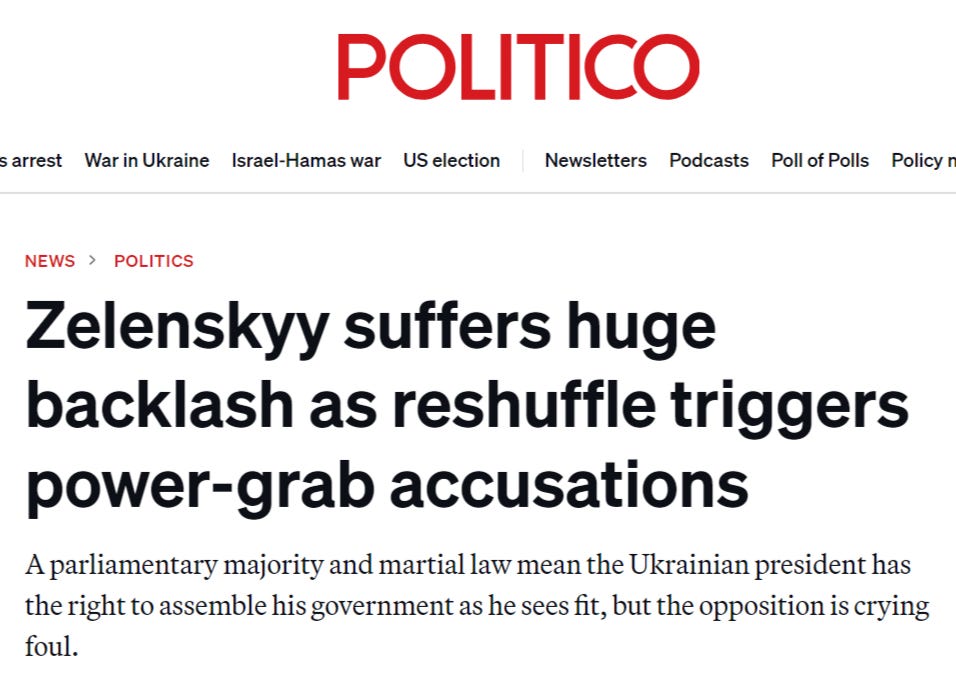
—
A clearly intoxicated Syrsky gave an interview to a medicated Amanpour, admitting the reinforcement of Pokrovsk with new reserves, though he lies that Russia has not advanced at all in the past week, which it clearly has:
In fact, a commander of the 47th Brigade, Mykola Melnyk openly contradicted his C-in-C by reporting just how much Russians have actually advanced:
Other top Ukrainian figures openly mocked Syrsky for outright lying:
Here he admits that “conscripted servicemen must be put into the front as soon as possible”:
He claims fresh conscripts off the street get one month of bootcamp and another two weeks of ‘specialist’ training before being dumped onto the front. Of course, captured POWs report that the more realistic norm is for all this to be truncated down to a week or two at most—Syrsky’s exaggeration merely represents the ‘ideal’ scenario that few actually get in practice.
Zelensky too gave a new interview, where he continued to outline his plan to end the war, underlining the fact that the Kursk operation was aimed at pulling Russian troops from other ‘troubled’ areas of the front:
More and more it looks like Zelensky is desperate to end the war this year:
Ukrainian leader Vladimir Zelensky has urged NATO countries to pressure Russia to agree to Kiev’s peace terms this fall. He made his statement during a meeting with US Defense Secretary Lloyd Austin at the Ramstein Air Base in Germany. Regular gatherings at Ramstein are designed to coordinate military aid to Kiev.
When you sum all the actions that Zelensky has recently taken, you begin getting a very clear picture of a distinct plan:
Go all in on a last-ditch Kursk gamble with his last remaining reserves
Fire his entire cabinet in a grand ‘reshuffle’ meant to clutch a last hold on power for a little longer
Beg constantly for an end to war, negotiations, etc., and specifically by the end of this year as if he has a very precise internal time-table indicating that time’s running out
What do you get?
What I get is the following conclusions:
He knows his men are running out
Knows his mandate for rule is running out
Knows his political capital is running out, with Europe going weak-kneed and US potentially soon to elect Trump who will cut Ukraine’s cord
Knows Russia is only getting stronger in every way: economically, militarily, societally, politically
Knows next year Ukraine’s systemic electric grid issues will be catastrophic and unmanageable, causing unpredictable chaos amongst society and its will toward him
Zelensky seems to have two choices: either continue the war, which forks into its own two possibilities: he gets violently overthrown by a coup, whether sponsored by the West or his own nationalist groups or society after his political mandate has run out, given that he’s now operating on illegal time, or he gets destroyed or captured by a prevailing Russia.
The other choice is to end the war: the problem here is that he’s now pretty unpopular in society and only maintains a grip on power via martial law which requires active hostilities. However, he may think that if he can fashion some grand peace agreement that can be sold as very favorable to Ukraine, he will be given a chance to survive politically. The only way to do that would be to end the war with some major concession to Ukraine, such as immediate invitation to NATO as a full-ranking member—but we all know this will never happen. He’s running out of options, and none of the choices look particularly delectable.
At the end of the day, one thing’s for certain, he seems to know time is running out because he keeps mentioning this year as the war’s final end.
—
Chairwoman of the Rada budget committee in Ukraine reports that they’ve run out of money to pay the military until at least September 20th:

"The ministry of defense has informed us that it does not have enough funds to pay combat allowance until September 20. However, we will have voted on amendments to the state budget before that date. I cannot give you the exact date of the Verkhovna Rada session at the moment, but we expect this vote to take place on September 17 or 18," Pidlasa said during a Ukrainian telethon.
—
New statistics of the mass flight of Ukrainian men out of the country were presented:
‼️ 🇺🇦🏴☠️ Mass flight from Ukraine continues: another 400,000 have left since the beginning of the year, despite the reduction of benefits in Europe - National Bank
▪️From the beginning of January to August 19, 2024, the number of Ukrainian migrants abroad increased by almost 400,000 people, and reached 6.7 million, the National Bank reported in its monthly macroeconomic review for September.
▪️The main countries with the largest number of Ukrainian refugees are: Germany - 1.1 million people, Poland - 976 thousand people, Czech Republic - 361 thousand people.
▪️At the same time, recipient countries are gradually tightening the conditions for our people’s stay.
▪️"The shortage of personnel, especially qualified ones, remains high. After a slight decrease, which was probably caused by a decrease in demand due to shutdowns of enterprises due to power outages, according to a survey by the IEI (Institute for Economic Research), the shortage of qualified workers has reached a new maximum. According to a survey by the Razumkov Center, 60% of employed (employers, hired) workers, working co-owners of enterprises, self-employed) indicated a shortage of personnel at their enterprise," the NBU review says.
RVvoenkor
This follows Die Welt’s latest article, accusing Russia of triggering a new refugee crisis by forcing a mass Ukrainian exodus this winter:

Die Welt predicts a mass exodus of people from Ukraine in winter
▪️ The article states:
Rolling power outages are already occurring across the country. In the summer, they are perhaps a minor inconvenience, and only cause real problems when it comes to refrigeration units or storage facilities. However, in the winter, such a situation could lead to a large-scale catastrophe. Millions of people would flee en masse.
▪️ The publication notes that only half of Ukraine's energy production capacity remains, and the situation could become extremely difficult by winter.
The intensity with which power plants have become a target is illustrated by the DTEK Group alone, which operates six thermal power plants. These six power plants have been hit a total of 180 times since February 2022. Three employees have been killed and more than 50 injured. DTEK has lost around 90 percent of its production capacity.
Money is not the only problem when it comes to repairing the damage. Every hit results in a major construction site. Repairs take time. According to a spokesperson for the power plant, it takes at least a month just to clear the debris - fallen roof structures, beams, damaged equipment and rubble. It would then take at least six months, but more likely a year and a half, to repair the systems.
If all this is not in place, there is a risk of death from cold, sanitary disasters and, as a result, the mass exodus of millions of people. The power plant in question is located directly on this front line. The damage bears witness to this.
—
On the topic of statistics, MediaZona continues to show a relatively low rate of Russian losses recently:
They claim that there is often a delay of a month or two in getting accurate statistics since obituaries often take that long to hit the web for their investigators to discover, but either way the downward trend is noticeable. Thus, we can put to rest any Ukrainian claims that Russia’s summer offensive of 2024 is generating “unprecedented attrition” to the Russian Armed Forces. You’ll note that this it the final holdfast they latch on to in order keep their propaganda afloat. If it weren’t for the narrative that Russia is suffering massive losses, they’d be forced to admit that the broad-fronted summer offensive is a very big deal, creating devastating breakthroughs. They’ve been able to dismiss their large territorial losses thus far only with the ‘high losses’ canard by saying: “All this territory we’re losing toward Pokrovsk means nothing in exchange for the entire Russian Army being ground down.”
In reality we can see nothing is being ground down despite the fact that Russia’s offensive of the last few months has been its largest scale one of the entire war when you count the total number of active fronts. Yet the losses appear to be the absolute lowest since the ‘lull’ summer of 2022 when Russia was busy reorienting its meager forces after the Kiev pullback right before Ukraine took advantage and launched the Kherson and Kharkov offensives.
Astute readers will note that several direct reports from some of my recent articles from both sides hinted that recent assaults have seen very few Russian losses. Last time a Russian commander said the new Ugledar zone assault had no losses at all on his team; a while before that, I posted a Ukrainian report which said that Russians are capturing their positions with very few losses due to the Ukrainian inability to hit them due to the new “dispersal” tactics which take advantage of fast motorbike advances coupled with low Ukrainian ammunition.
On that topic, I wanted to share this one thoughtful post which contextualizes some of my own elaborations on this position in a poignant way. This is for all the people shouting loudly that Russia needs to enact a second wave of mobilization—there are many small but important logistical details they overlook which makes it not as simple a proposition as they imagine:
Without what does the second wave of mobilization make no sense? That's right, without mobilizing the economy. But here everything is ... complicated
Amidst yet another conversation about the need for a second wave of mobilization, I really want to ask one question - will the economy handle it? Moreover, we are talking about a purely "military" sector - do we have enough production of wheeled vehicles, equipment, auto parts, and much more. Then we can remember that Chinese banks are starting to comply with sanctions, and spare parts from there are slow to arrive - both for UAVs and for cars. And here we will think: how realistic is it to instantly "give birth" to equipment for 100-150 thousand people? And here there is no point in looking back at Ukraine: their process of catching people is continuous, and they supply equipment to all of NATO.
In addition, a repeat of the 2022 mobilization is a blow to the civilian economy. We are already short of people, this is evident from the labor market and the growth of salaries. Our specialists who left have only just begun to return. In 2023, real wages (i.e. without taking inflation into account) grew by as much as 8%, and the authorities directly say that the country lacks almost 5 million working citizens with 75 million economically active citizens. And any mobilization will be deducted from this number.
And mobilization is only a build-up of the army, but we first need to increase the production of the "defense industry", at least by covering the personnel shortage, not to mention new production lines. And then - slowly and gradually begin to call up individual groups of people. Already with all the data collected by the Ministry of Digital Development on the military - where a person works, where he served, what his military specialty is, and so on. For example, in Russia there are almost 20 thousand private security companies, where about 700 thousand (!) people work. No, seriously, we have almost 3% of working men - security guards, we are generally a world leader here at the level of South Africa with its off-scale crime rate.
However, there is an alternative - to call up a couple of hundred thousand people, and instead of them "drive" a couple of million more representatives of the Central Asian republics into the economy. Well, what, we will solve the personnel shortage and raise the demographics!
But seriously, there is no simple solution to all the problems at once. Only a sound assessment of the capabilities of industry, a constant and working process of replenishing the army and an adequate migration policy will help solve the problem.
And if it is not solved - then we can remember that Russia has enough reserve funds, according to experts, for 2-2.5 years, the key rate of about 20% is with us for a long time, and most of us still have to live in Russia. And we would like our children to live there too.
And the problem of rotation and a possible shortage of personnel will have to be solved one way or another. But, as we have already said, there is no magic wand here - and we would not want to repeat the Ukrainian decisions in Russia.
In short, there is no easy or obvious path—each argument is fraught with its own pitfalls, pros and cons. If you mobilize hundreds of thousands of troops, you need to provide them all with equipment when there are equipment shortages just for the current lot. And, as the author states, you need to take hundreds of thousands of men out of the already manpower-deficient economy.
That being said, the now increasingly-fretful Rybar wrote the following new complaint as Russia approaches its two-year anniversary of the big September 2022 mobilization call-up:
Rybar raises the issue of the number of personnel and the number of weapons on the eve of the two-year anniversary of partial mobilization.
The question of the saturation of the army with personnel became acute immediately after the invasion of the Armed Forces of Ukraine in the Kursk region. The forces covering the border were not enough. The conscripts stationed there could not rectify the situation.
At the front, rotations are disrupted due to insufficient numbers of people, units are starving of personnel, and men who have been fighting for the third year are waiting for 20 days of leave for 7-9 months. There are only enough personnel to carry out one offensive operation at the front - on Pokrovsk.
Ignoring the situation will lead to the fact that the enemy, due to the expansion of the draft, may gain a numerical advantage in the near future and switch to more active counter - actions at the front, and then it will be necessary to conduct emergency recruitment in the army again, but in unfavorable conditions-as it was in the fall of 2022. There is every reason to assume that the military-political leadership will pull to the last.
Despite not agreeing with him, I offer dissenting views just to give people a broad perspective and allow them to make up their own minds. The Russian Army has personnel shortages, of course, but they are no where near the levels seen in the AFU. We have fairly strong indications that Russia’s current recruitment levels are above those of the AFU: Russia’s were averaging 1,000/day or 30,000 signups a month, now recently boosted to 1,700 day—reportedly—after the Kursk flare-up.
Ukraine’s have supposedly dropped to 10-15k forced mobilizations per month, though some have claimed they get nearly 30,000 as well—either way at best they are matching Russian recruitment, but not going above it. However, since their losses are higher, that means they are attritioning faster.
Recall that Ukraine has almost 30 oblasts, each of which has dozens if not hundreds of towns, and some big cities. To replenish 1,000 KIA per day—as an example—each of those ~30 oblasts needs only to press-gang 30 men each per day, as 30 men x 30 oblasts = almost ~1,000 men per day recruited. Since each oblast has far more than 30 towns, this can be represented as basically recruiting just one single man from each town per day, which, as you can imagine, is likely very easily done.
Here’s some of those ongoing friendly recruitments just from the past day or two:
—
Another very riveting example of the new Russian Vandal fiber-optic FPV drone in action in Kursk. Here it sneaks into a Ukrainian hideout, its signal not dropping despite the concrete obstructions as it slowly stalks up to the resting militants and finishes them off:
—
On top of the ‘tactical symbols’ on Belarusian armored vehicles that have been sent to the Ukrainian border, there have now been sighted full conversions to anti-drone cages, which many rightly consider a true preparation for action of some sort:
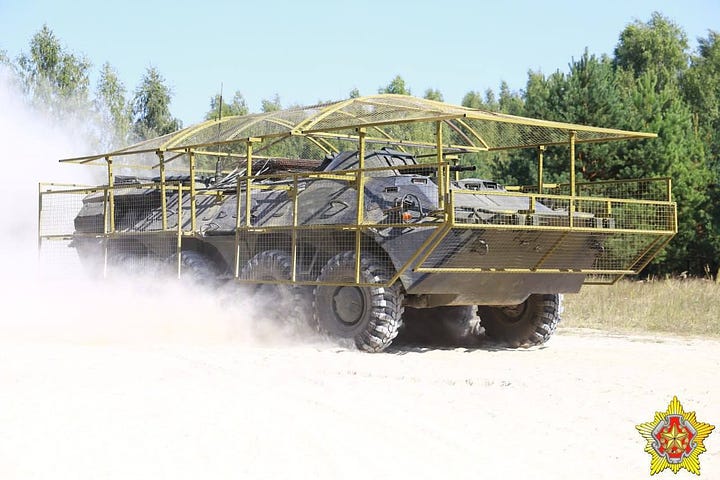
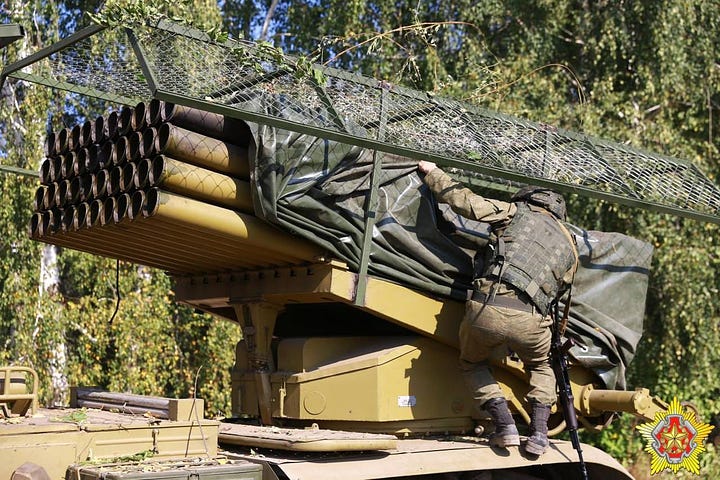
Then as if on cue, two days ago an unknown drone was shot down over Gomel, Belarus:
Although some suspect it to be an off-course Russian Shahed, First Deputy Commander of the Belarusian Air Force and Air Defense Forces Colonel Sergei Frolov stated an investigation is underway:
—
For those interested, the full speech by Putin at the 9th Eastern Economic Forum in Vladivostok:
Summary:
President Putin’s full speech at the 9th Eastern Economic Forum in Vladivostok
- The Far East has become Russia's stronghold in the new global economic reality, President Vladimir Putin underscored in his speech at the plenary session of the Eastern Economic Forum (EEF).
- He remarked that the future development of Russia largely depends on the growth of the Far Eastern region as a gateway to the promising and developing markets of Asia and the Global South.
- Putin hailed the region’s vast potential for increased geological exploration, underscored the need to boost the Northern Sea Route’s capacity, and invited other countries to join in developing the region’s transportation routes.
- The Russian head of state touched upon plans for a new deep-water port with the participation of Belarusian and Chinese companies, as well as proposed building nuclear power plants in the Russian Far East.
- The successful implementation of all these ambitious plans and the entire economy of the future depend first of all on people, the Russian leader noted at the EEF’s plenary session.
There’s good chance that by year 2100-2200 Russia’s most powerful region will be in the ‘far east’, with Vladivostok likely being the new capital of the country. Moscow and St. Petersburg grew due to ties to the economic powerhouse of Europe, but the future belongs to Asia and it’s likely Vladivostok will have no choice but to become the new economic power of Russia in the long-term future.
Here’s an article detailing all the accomplishments of the forum for those interested.
The Russian Far East will see pointed focus and development over the next years, and now is a better time than ever for anyone interested in emigrating to Russia to consider the region, particularly given Russia’s new leniency for residency to anyone claiming ideological refugee status of sorts from the West.
President Vladimir Putin signed a decree on August 19 providing foreigners who share Russia's spiritual and moral values, and who seek to escape the West's destructive neoliberal ideals, with a temporary residence permit in Russia.
Under the new law, the temporary residence permit would be granted outside the quota approved by the Russian government, and without the need for confirmation of the applicants' knowledge of the Russian language, Russian history, and basic laws. However, they would have to submit a written statement, stating reasons for moving, to their local Russian diplomatic mission or consular office.
You read that right—you can now gain a residency without passing a Russian language exam. Now, couple this with Putin’s previous free hectare law for the Far East specifically, which states:
The Law on the Far Eastern Hectare, or the Federal Law of May 1, 2016, No. 119 FL, is a law by Russian President Vladimir Putin to give 1 hectare (2.5 acres) of free land in the Russian Far East to Russian citizens and foreign nationals as long as they live there for five years.
The plan allows only Russian citizens to own the land. Foreigners can join the program, but cannot own the land until 5 years after they have immigrated to Russia. Consolidated groups (of 20 lots minimum) will also be provided with basic infrastructure. As of December 2017, more than 107,000 people have applied and 40,000 people have become owners of the land.
There’s no better or easier time to escape the clutches of the West.
Your support is invaluable. If you enjoyed the read, I would greatly appreciate if you subscribed to a monthly/yearly pledge to support my work, so that I may continue providing you with detailed, incisive reports like this one.
Alternatively, you can tip here: buymeacoffee.com/Simplicius





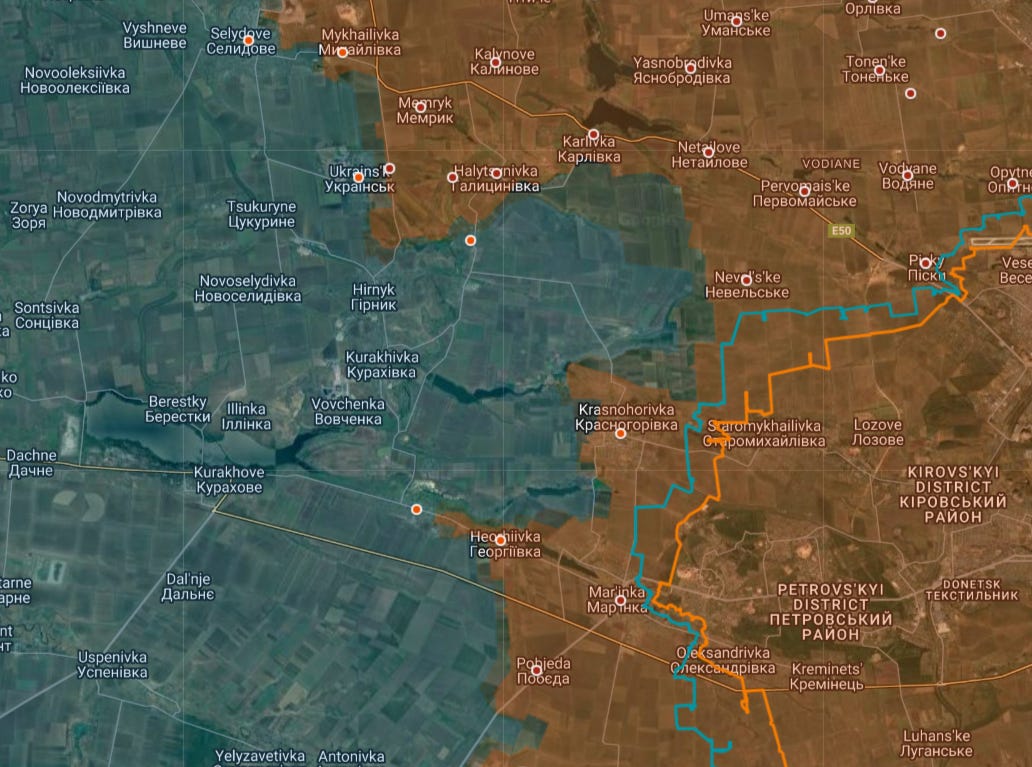
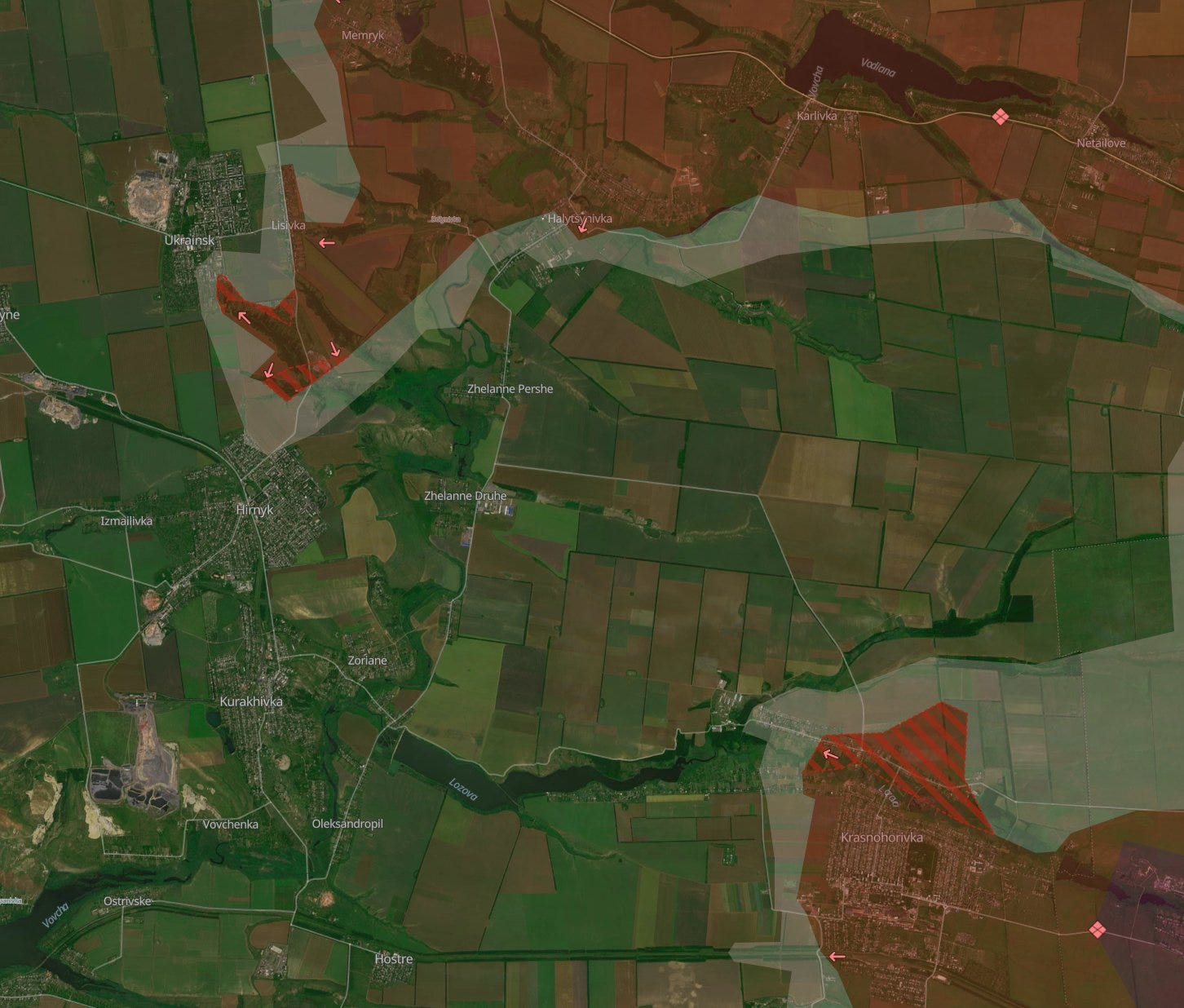
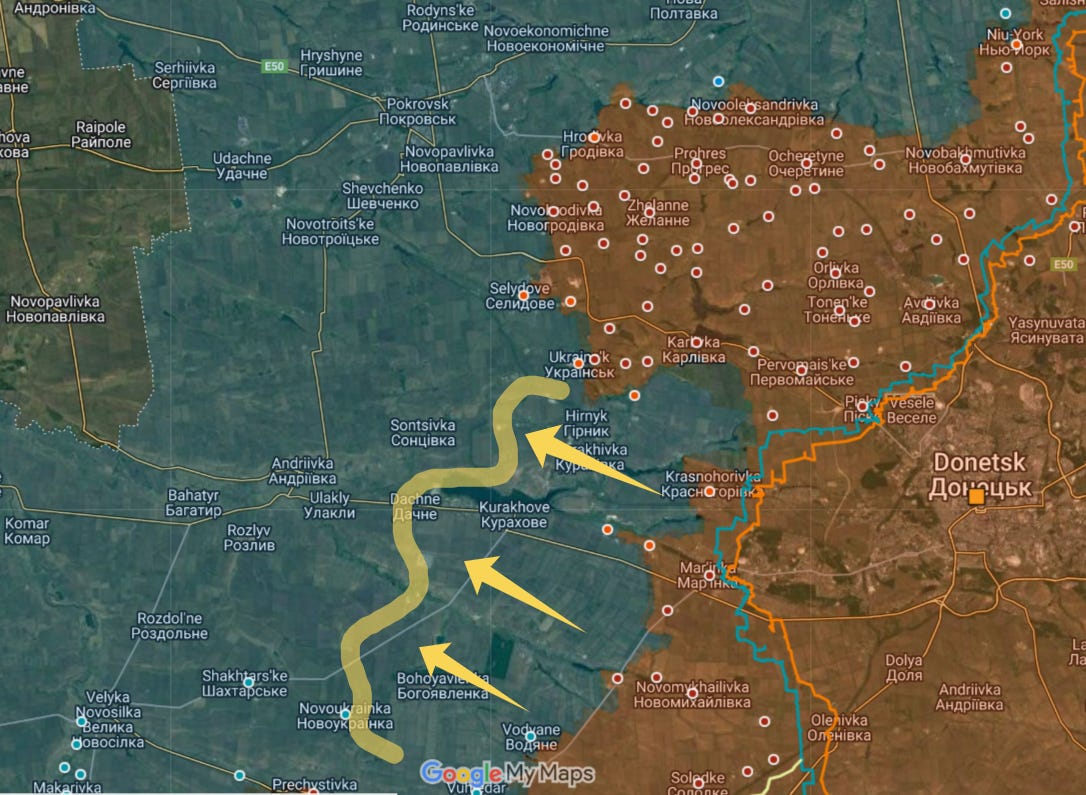

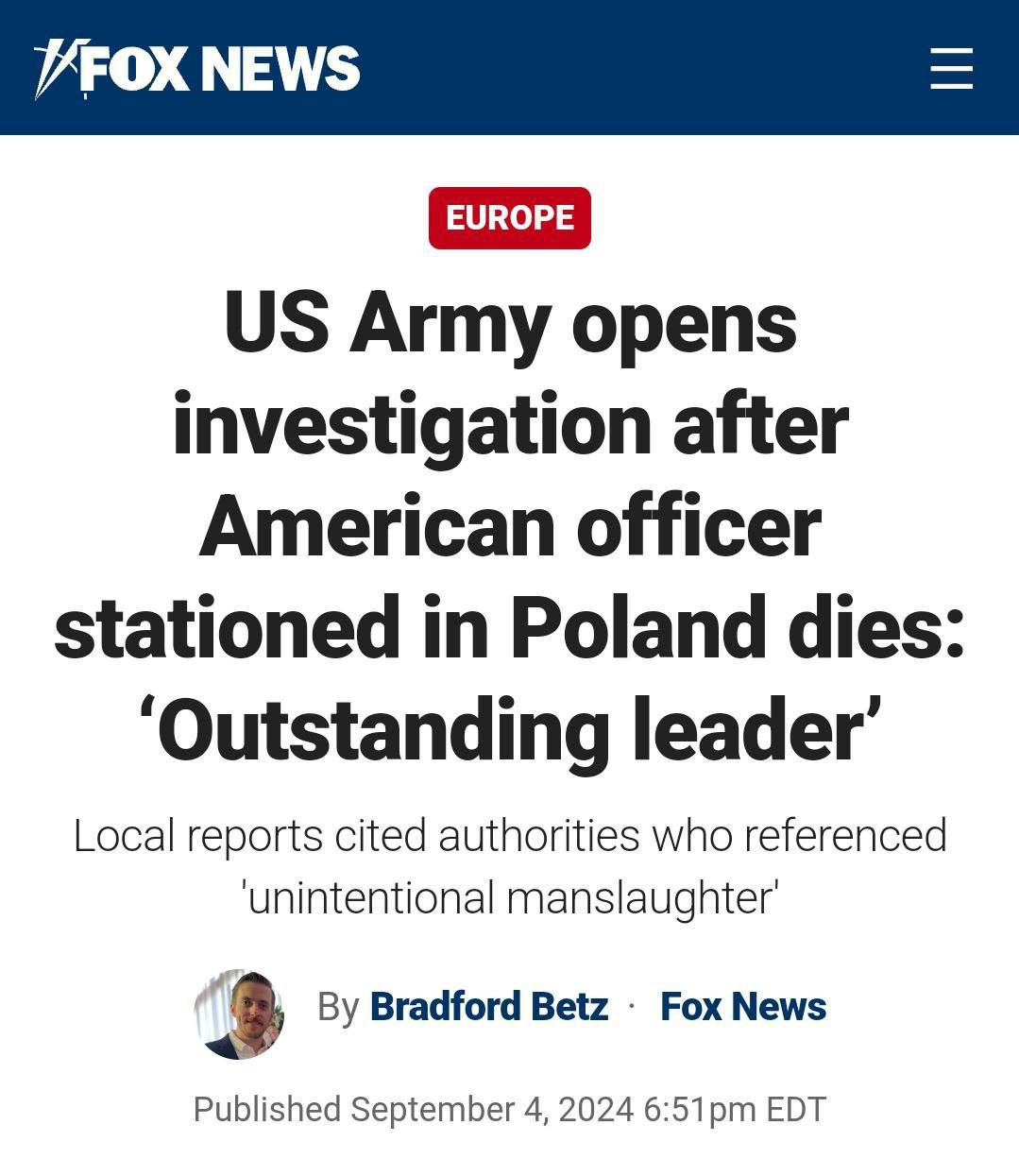
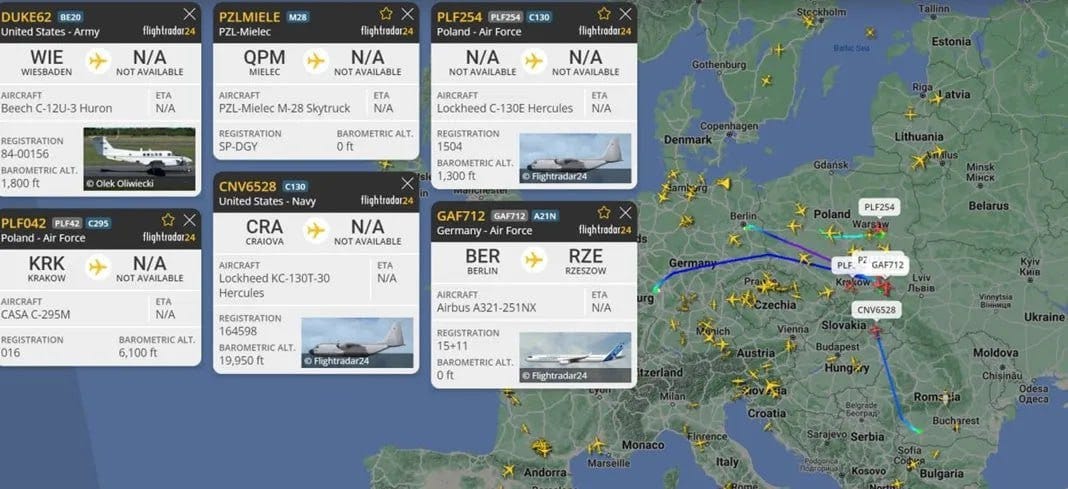
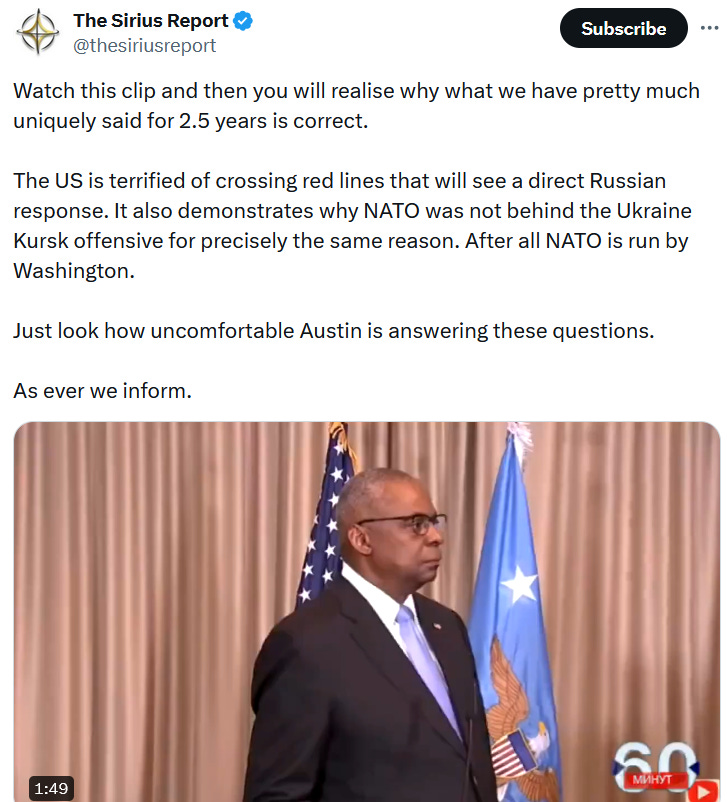


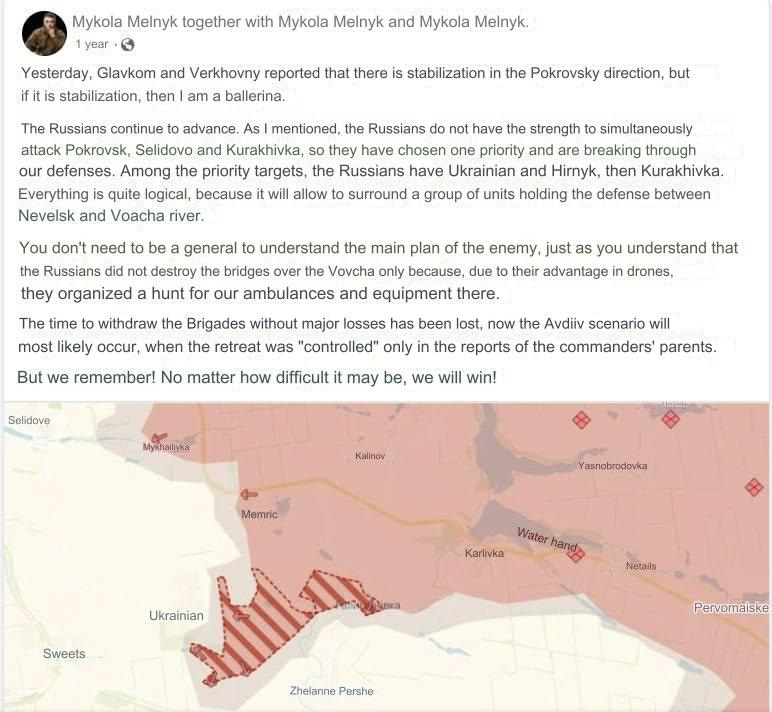
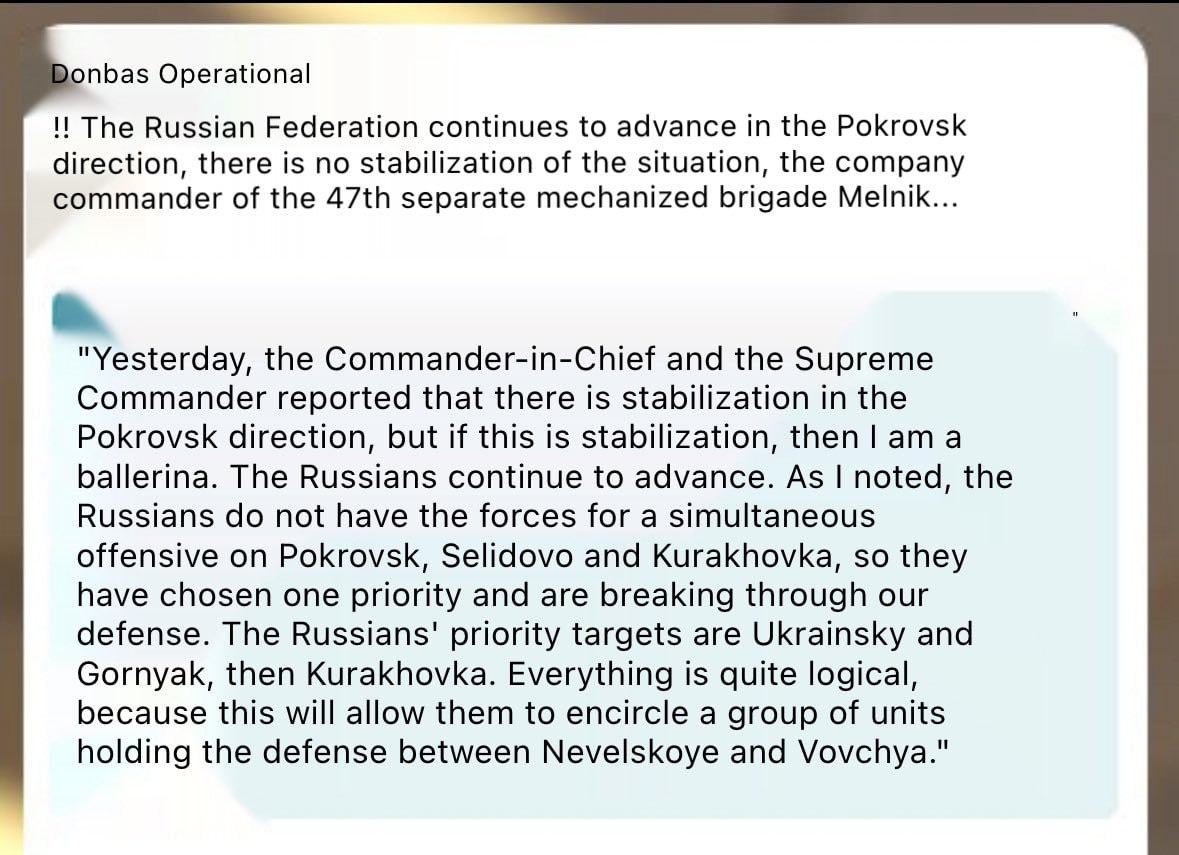


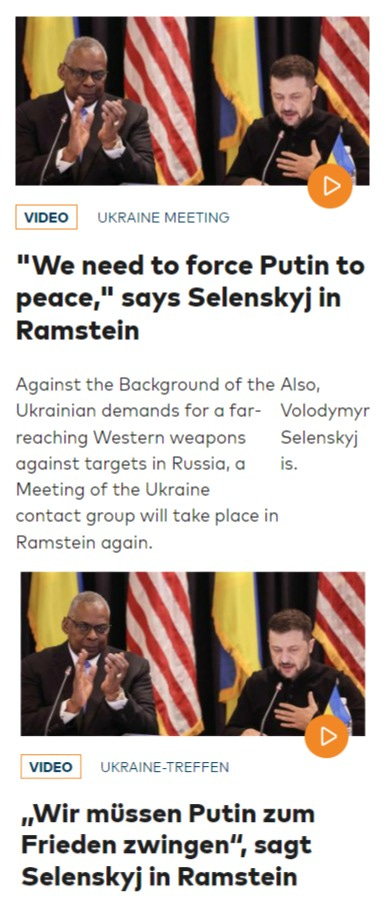
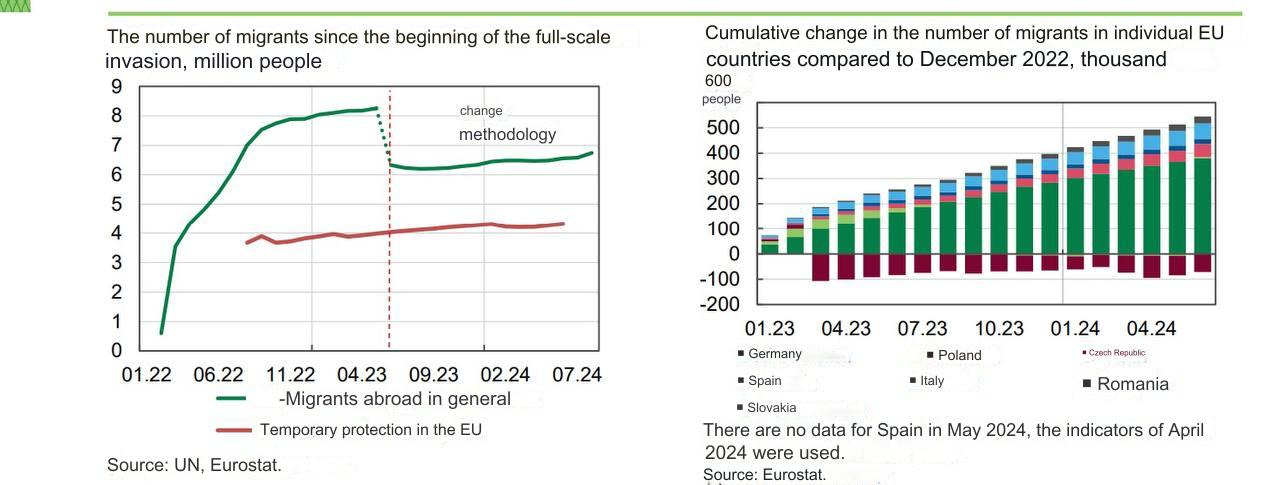
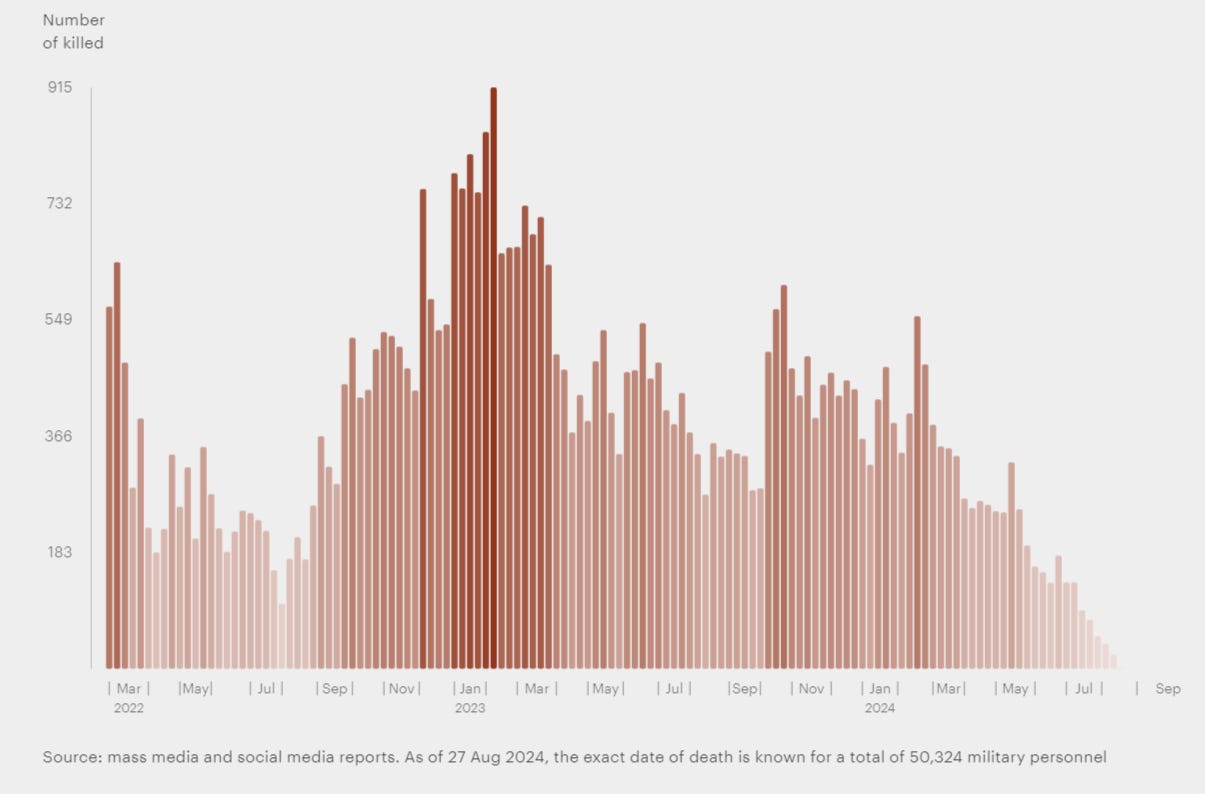
Putin made the best troll endorsement of Kamala. Such expressive laughter. Zelensky will soon be what unburdened by what has been.
I'm a Swedish native speaker. The Poltava rescue video does indeed have Swedish speech (not Norwegian), first from the rescue worker "Take him first" and then from the wounded person who is clearly in shock and says something incoherent about helping others first while waving his arms.
It's notable that the wounded person is wearing military attire, so clearly not an innocent civilian.